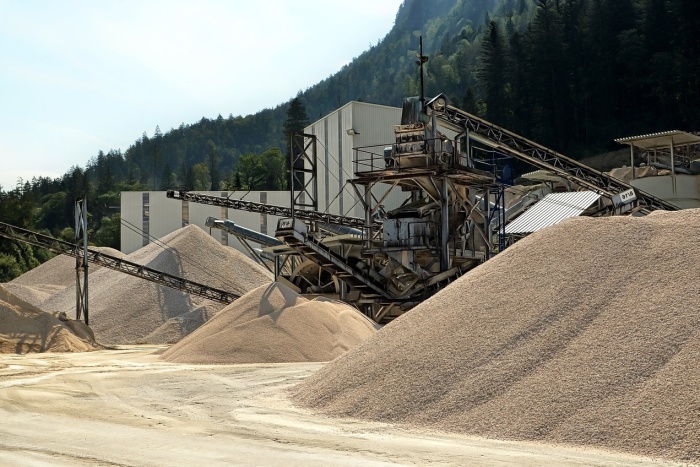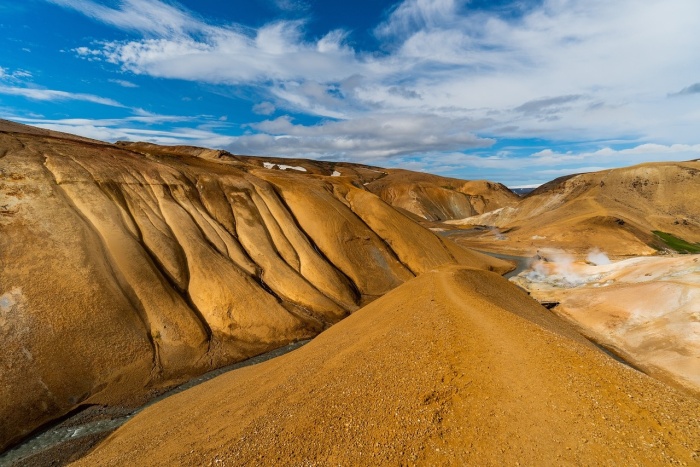Glass manufacturing
Silica sand plays a crucial role in glass manufacturing, serving as the primary raw material in the production of a wide range of glass types. From flat glass used in windows and mirrors to container glass for bottles and jars, silica sand provides the essential silicon dioxide (SiO2) needed to form the structure of the glass.
It is also a key ingredient in specialty glasses, including those used in high-tech applications, as well as in the production of fiberglass and reinforcing glass fibres. Thanks to its purity and quality, silica sand ensures the strength, transparency, and durability of the final glass products, making it an indispensable component in the industry.
Construction
Silica sand is vital in the construction industry due to its versatile applications and durability. It is a key component in creating strong and durable concrete, mortar, and grout for building foundations and structures. Silica sand is also widely used in manufacturing bricks, tiles, and roofing shingles, contributing to their strength and resilience.
Additionally, its fine texture makes it ideal for block paving, providing a stable base for driveways and walkways. Furthermore, silica sand finds applications in flooring and stucco, offering a smooth and consistent finish. This indispensable material is fundamental in ensuring the reliability and longevity of construction projects.
Metal Casting
Metal casting relies in silica sand, serving as a key moulding material in both ferrous and non-ferrous foundries. Known for its high melting point and excellent thermal conductivity, silica sand ensures that molten metal can be poured into moulds without compromising the integrity of the final product. It also possesses superior refractory properties, which help it withstand extreme temperatures during the casting process.
Additionally, its fine granular composition makes it ideal for creating detailed and precise moulds, essential for producing high-quality castings across various industries.
Chemical Industry
Silica sand is an important component in the chemical industry due to its unique properties and versatility. It is commonly used as a catalyst support, providing a stable and inert framework for chemical reactions. Additionally, silica sand serves as an adsorbent in the production of zeolites, which are widely utilised in industrial processes such as petrochemical refining and environmental applications. It is also a key raw material in the manufacturing of silicates, silicones, and sodium silicates.
These compounds are integral to producing adhesives, detergents, sealants, and a range of other chemical products, highlighting silica sand's indispensable role in advancing industrial and manufacturing operations.
Filtration
Water filtration systems utilises silica sand as it acts as a highly effective medium for purifying water. Its uniform grain size and high porosity make it ideal for trapping and removing impurities, including suspended solids, sediment, and other contaminants.
Widely used in municipal water treatment plants, swimming pools, and industrial purification systems, silica sand ensures that water is clean, safe, and suitable for consumption or use. Its durability and ability to perform across varying flow rates make it a reliable choice for long-term water treatment solutions.




